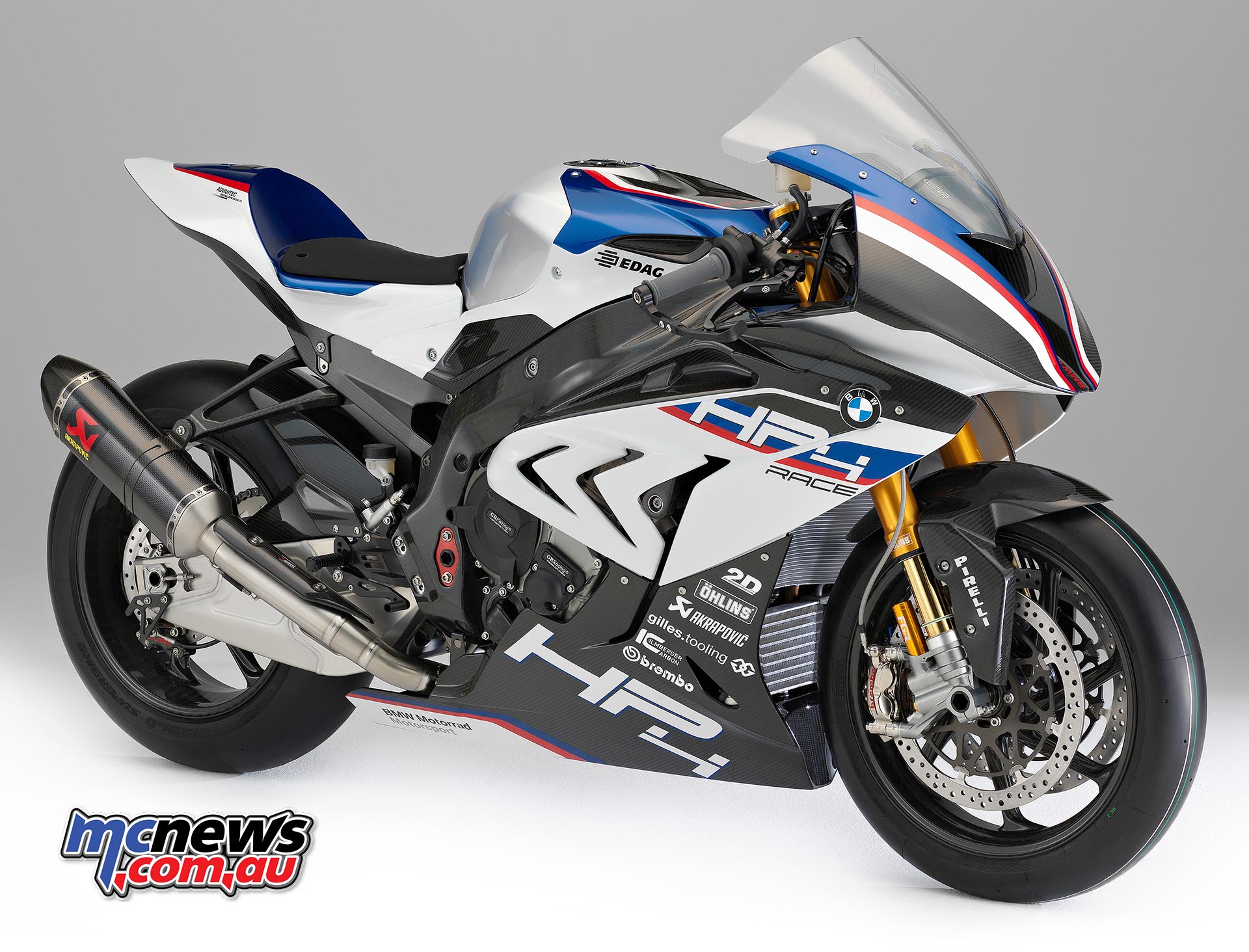Revised Frame & Swingarm
The chassis of the Multistrada 1260 includes a new frame and longer swing arm. Steering angle increases from 24° to 25°, where the new swing arm is 48mm longer. As a result of these changes, wheelbase is now 55mm longer. This, along with the new engine’s character and suspension setup lend the Multistrada 1260 sharper handling in curves, while ensuring full stability even when riding two-up at full load with panniers.
The chassis design features a frontal Trellis frame with large-diameter yet thin tubing and two lateral subframes closed off by a rear load bearing element made of fibreglass-reinforced plastic for maximum torsional rigidity. The single-sided swing arm is a single die-cast part, with fabricated and welded core sections, and provides a strong, hollow and lightweight component.
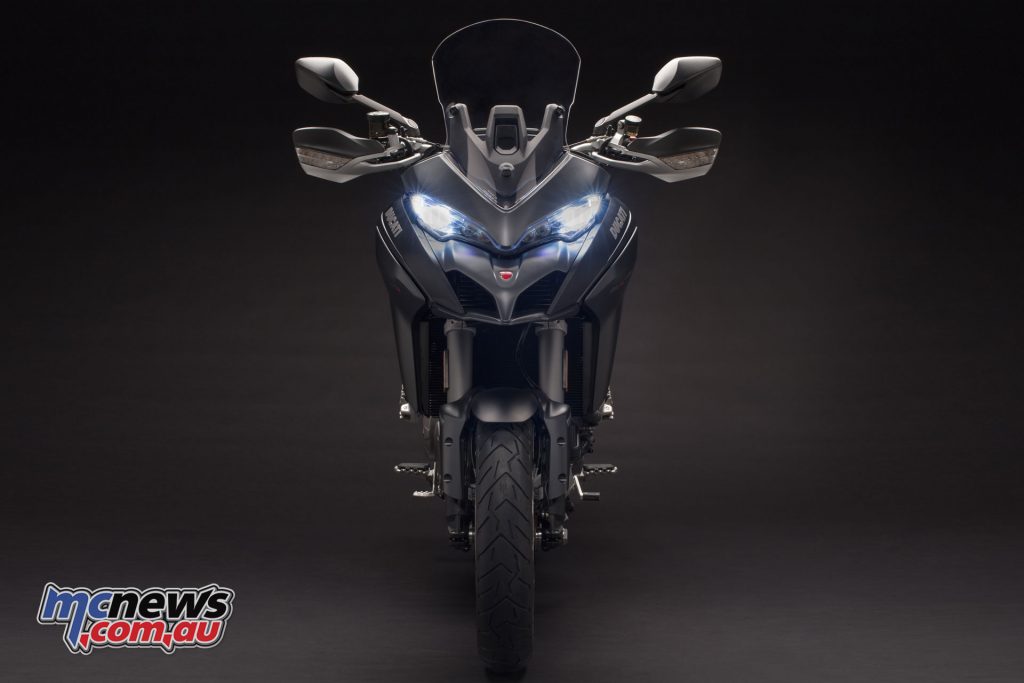
Suspension
The Multistrada 1260 features a Kayaba 48mm upside-down fork, with a dedicated cast bottom bracket, fully adjustable for spring preload, compression, and rebound. The rear is controlled by a Sachs monoshock, also fully adjustable in compression and rebound and with spring preload adjustable by using a handy remote manual adjuster.
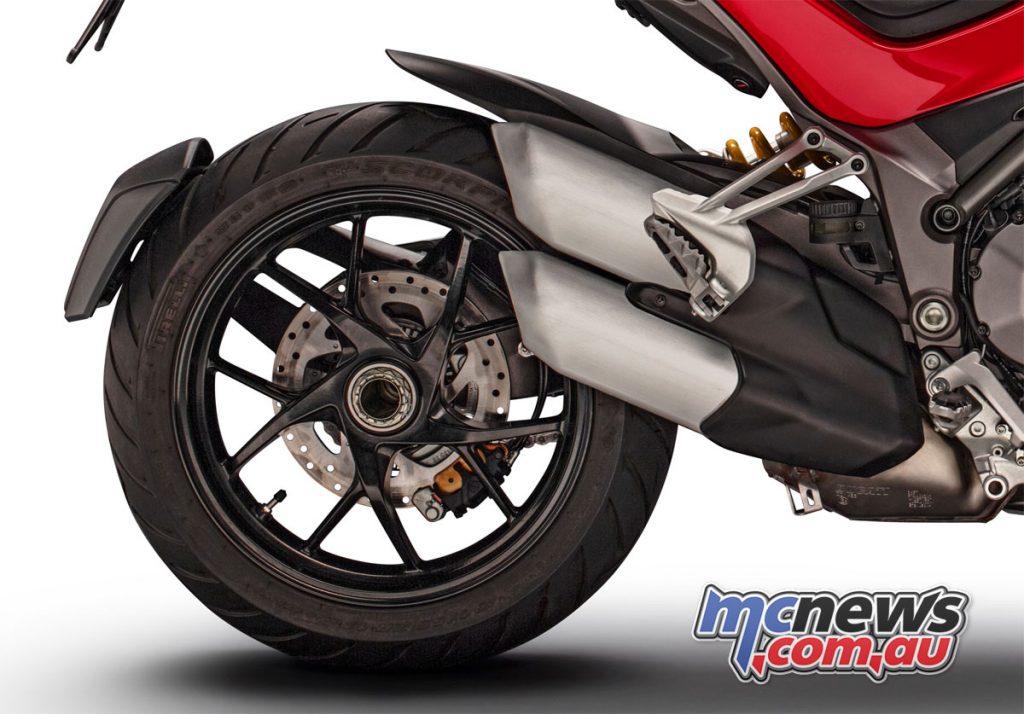
The Multistrada 1260 S comes with a Sachs 48mm front fork (with tubes in the typical ceramic grey, the signature colour identifying semi-active suspension and forged bottom bracket). The rear shock absorber is made by Sachs. Semi-active suspension systems front and back are controlled by the Ducati Skyhook Suspension (DSS) Evolution system. In addition to allowing compression and rebound adjustment of the hydraulic damper and rear spring preload (automatic and integrated into the Riding Modes or personalised via the on-board computer), the semi-active system exerts continuous control to keep the bike balanced.
Both suspension systems provide 170mm travel (both front and rear), ensuring comfortable riding even with the bike loaded, as well as safe handling on soft off-road routes.
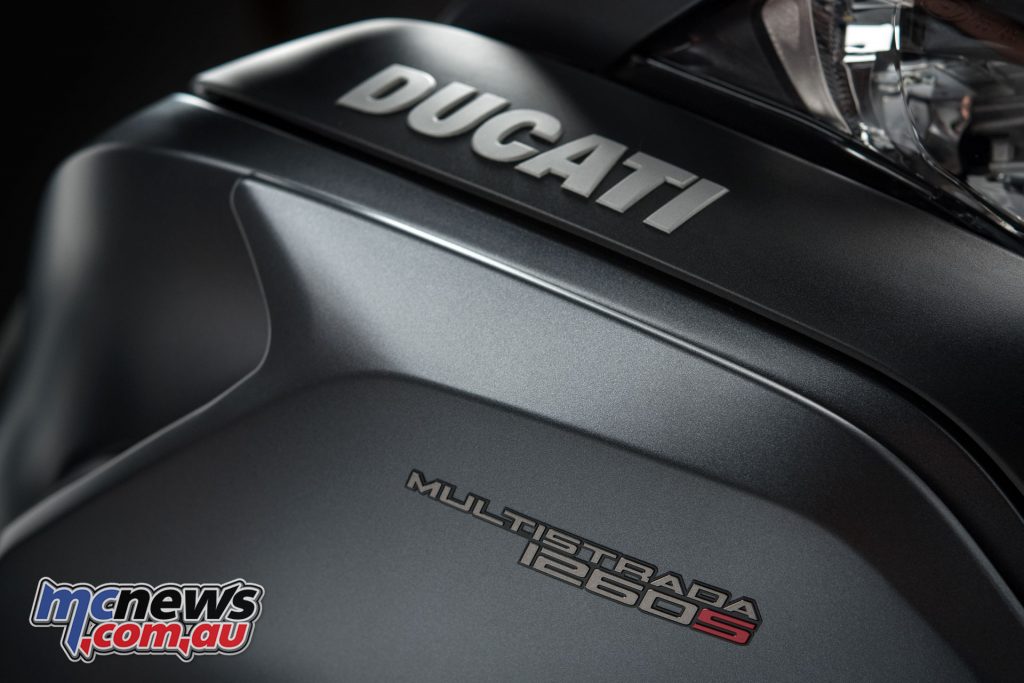
Ducati Skyhook Suspension (DSS) Evolution (S Models)
The DSS (Ducati Skyhook Suspension) Evolution system has now been developed further. This evolved version includes a new Sachs fork with pressurised damper cartridge and low-friction stanchion, a sensor to control the action of the rear damper plus software that also handles data from the Bosch IMU and features new algorithms.
Included as standard on the Multistrada 1260 S, the DSS platform has a 48mm Sachs front fork and rear monoshock, both electronic; this allows the DSS to continuously adjust hydraulic damper compression and rebound using semi-active control to ensure correct vehicle balance. In the DSS Evolution system, settings have been further refined to maximise performance, safety, and comfort.
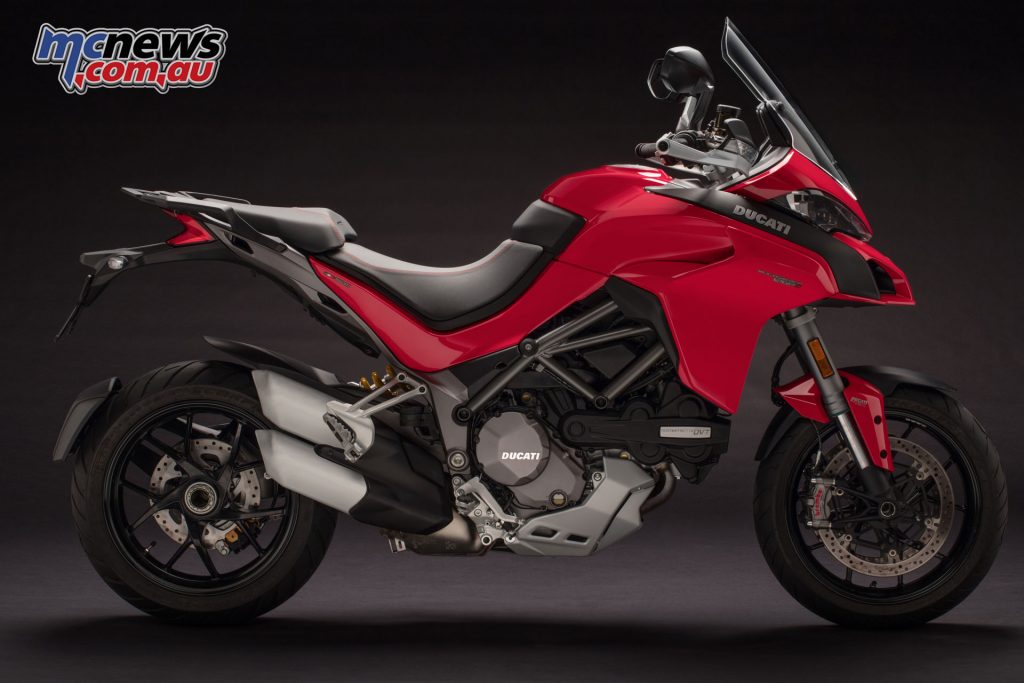
DSS Evolution technology analyses data from numerous. An accelerometer on the steering yoke, and one inside the control unit that tracks the DDS Evolution provide data on sprung weight while an accelerometer on the fork bottom provides input on unsprung weight. At the rear, another sensor measures suspension travel. The DSS Evolution processes this information via a semi-active control algorithm that, by referring to an imaginary fixed point in the sky above the bike, makes extremely rapid adjustments to the hydraulic damper to minimise vehicle movement in relation to this point.
To smooth the longitudinal forces of acceleration and deceleration, the system also makes use of the Ducati Traction Control (DTC) longitudinal accelerometer sensor, the ABS system pressure detectors for rapid calculation and activation of a response that reduces resulting vehicle oscillation, and the data from the Bosch IMU which dynamically reveals the bike’s attitude on the two axes (roll and pitch).
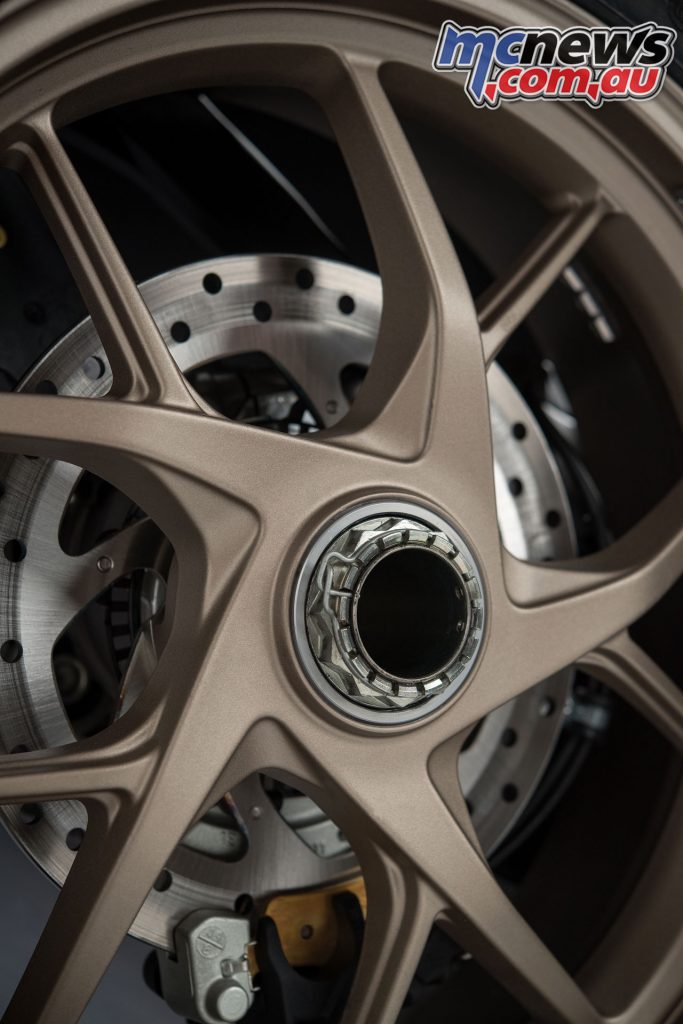
Five-spoke wheels and Pirelli tyres
The Multistrada 1260, 1260 S and 1260 S D | Air feature light alloy five Y-spoke wheels, which are 340 grams lighter than those used in the Multistrada 1200. All versions are equipped with 3.50 x 17’’ front wheels and 6.00 x 17’’ rear wheels, mounting a Pirelli Scorpion Trail II 120/70-17 tyre on the front and 190/55-17” on the rear.





